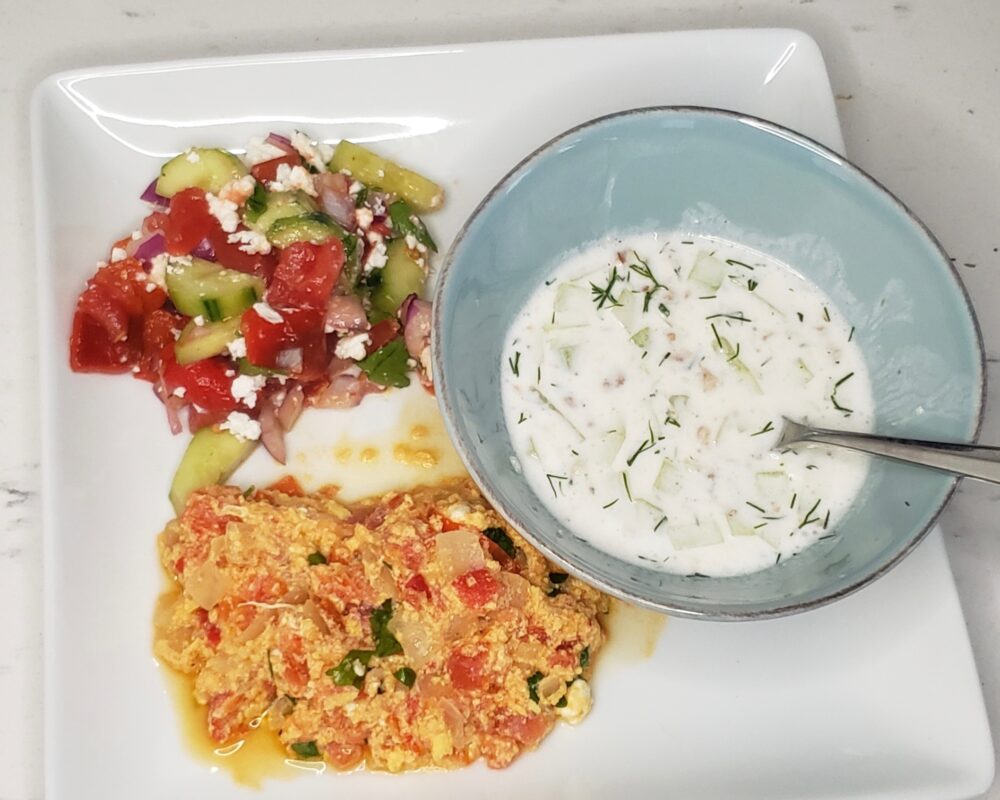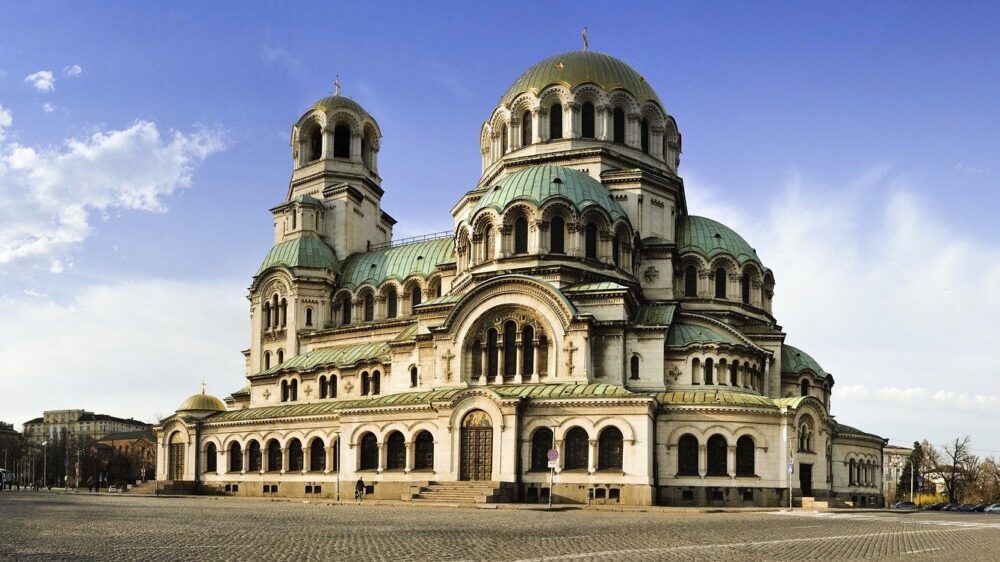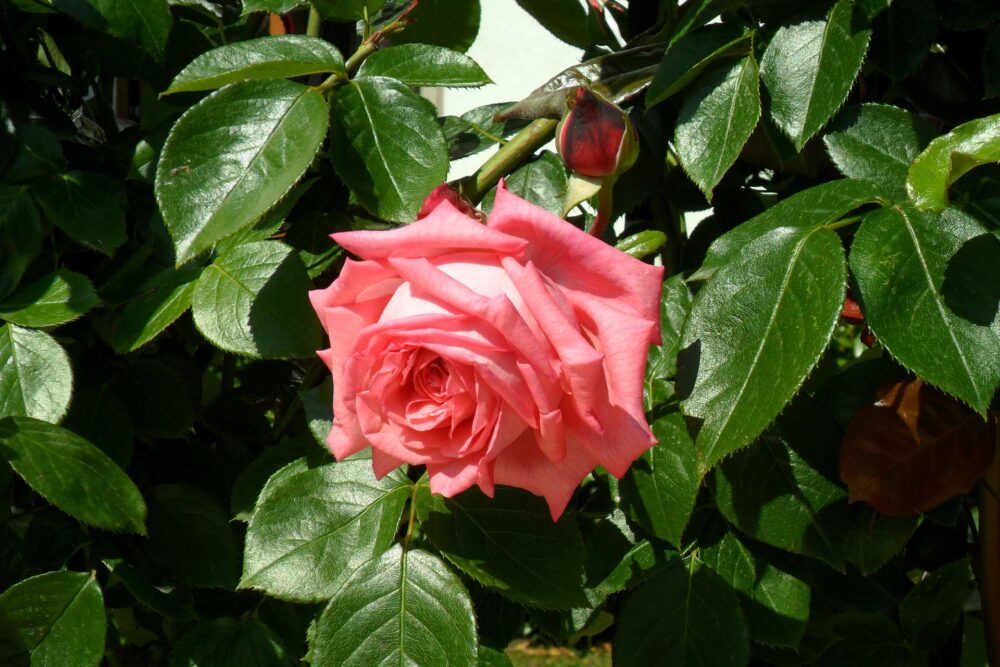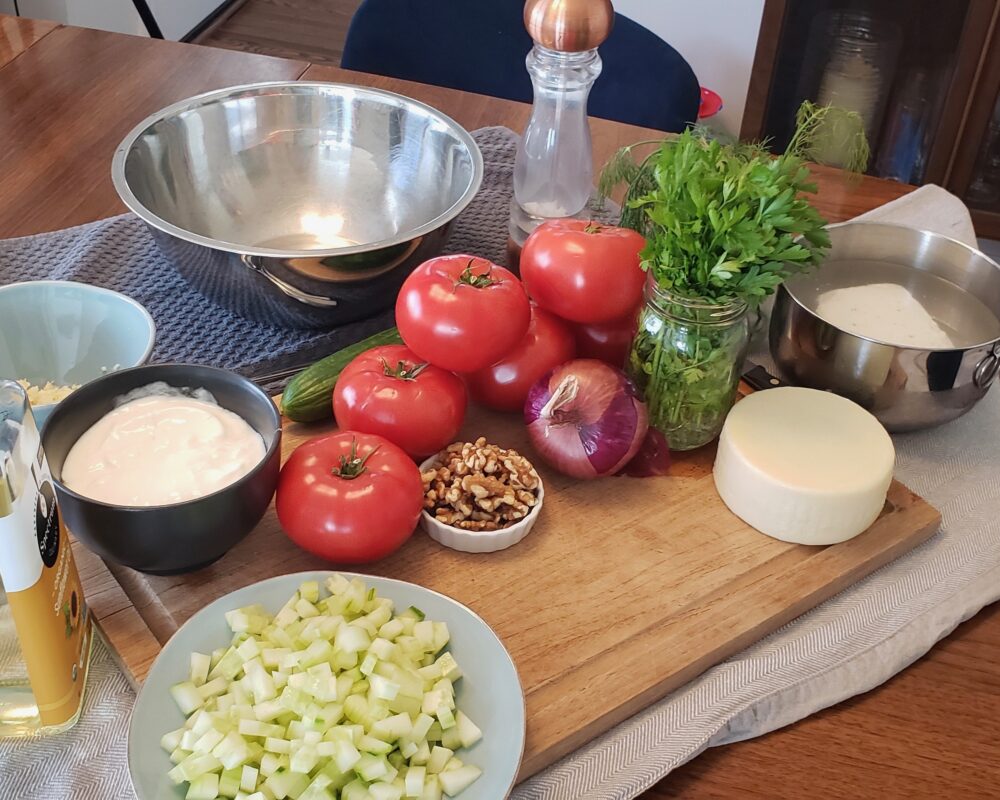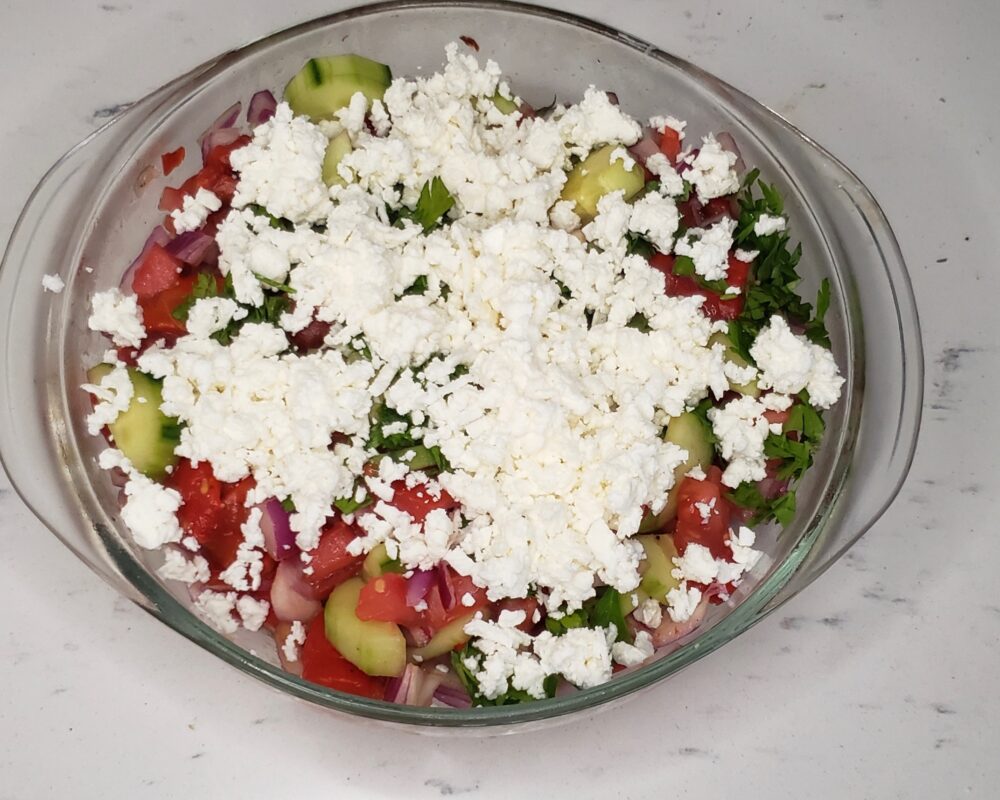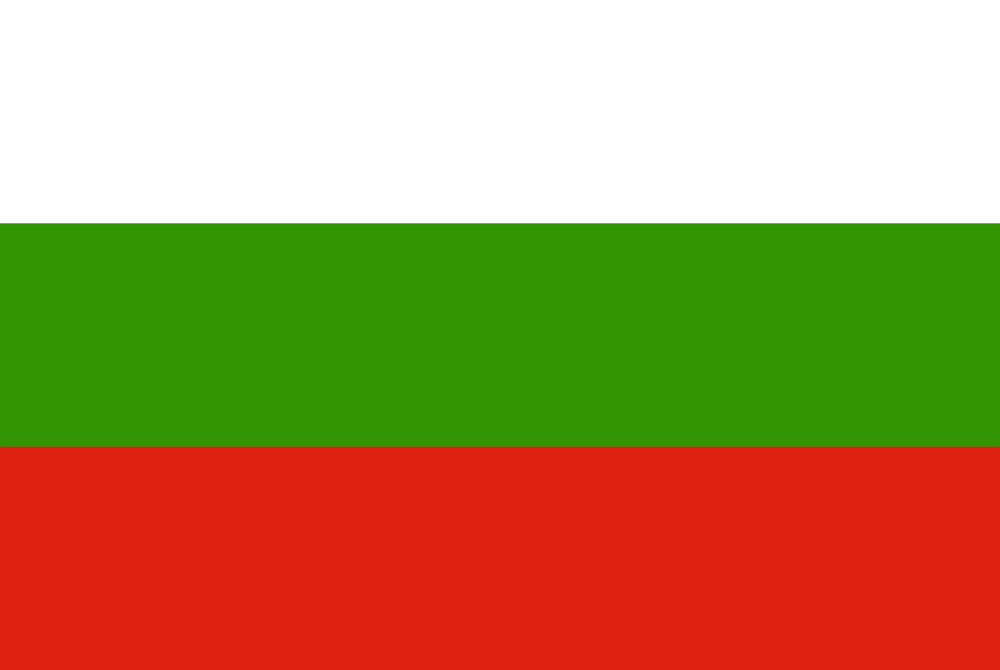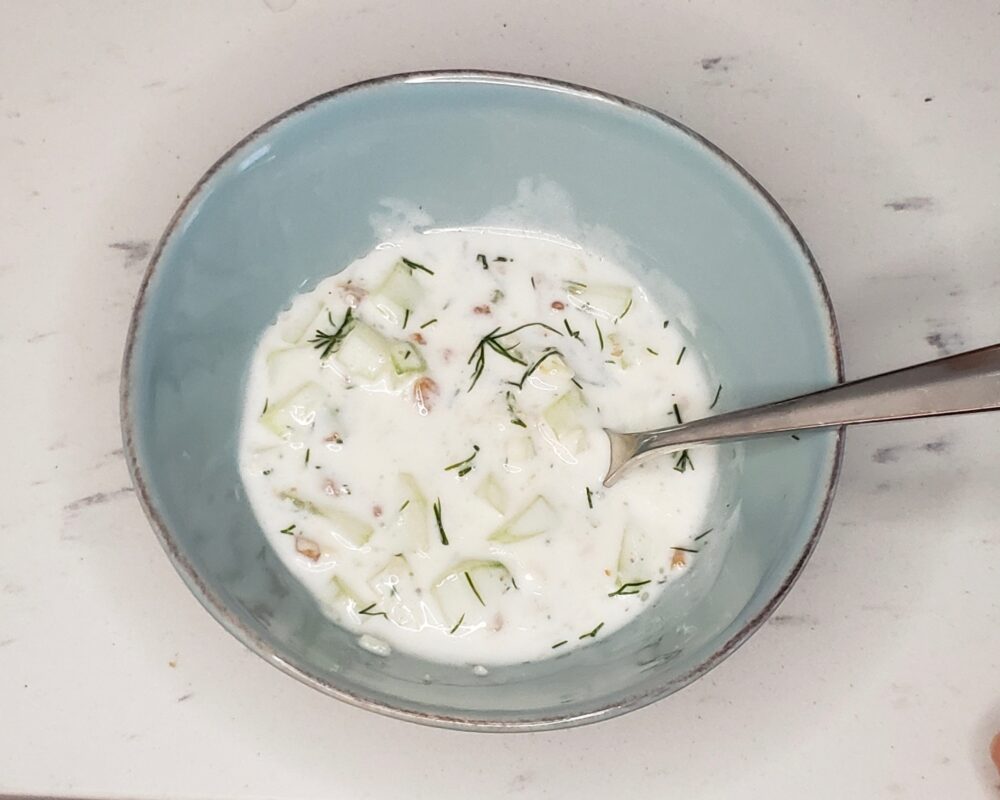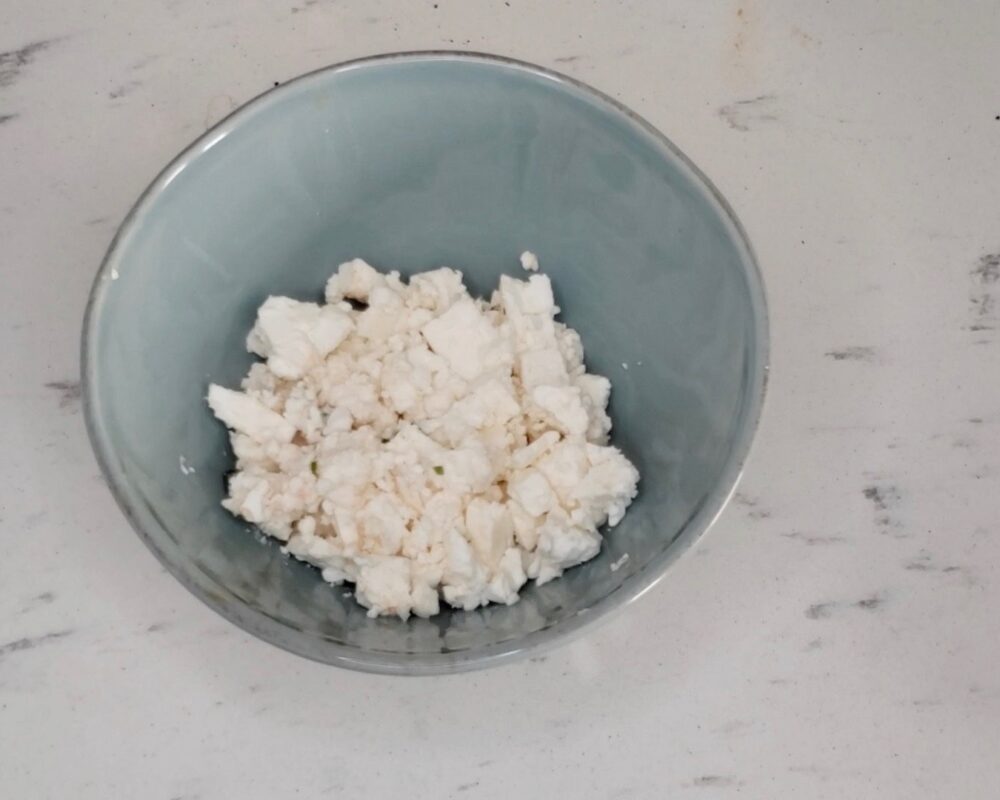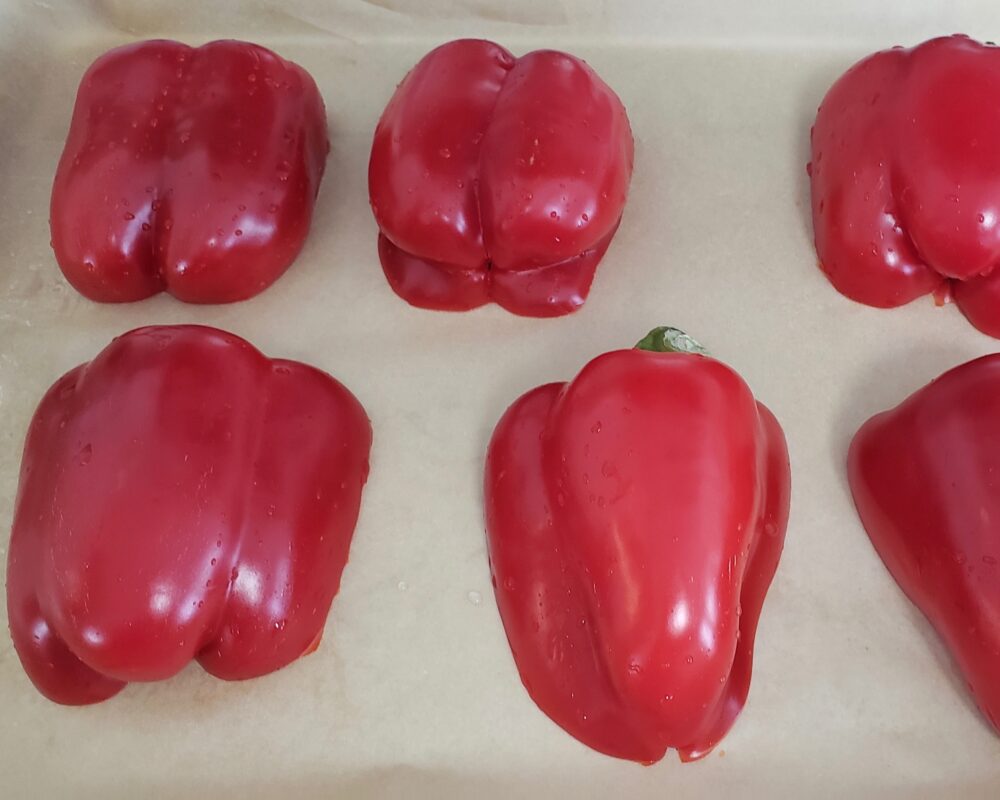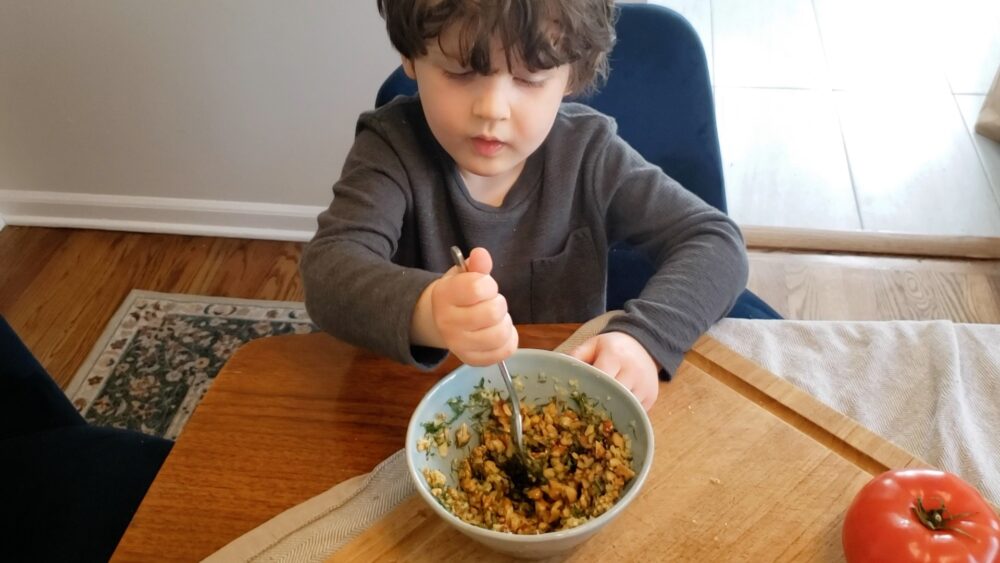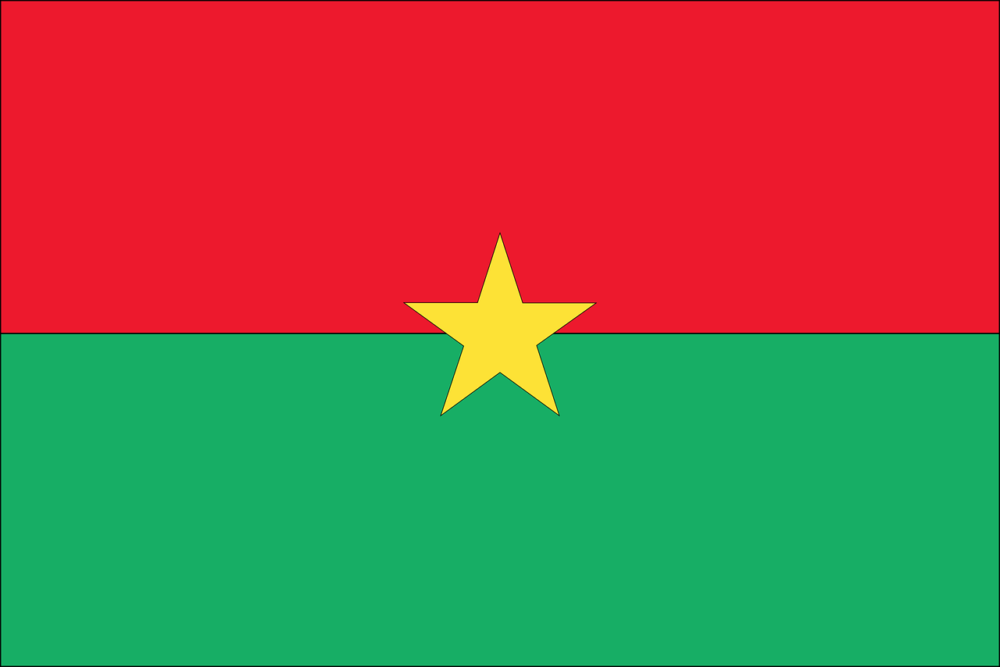If you had told me we would be making three vegetarian dishes from Bulgaria, I would have told you that you were thinking of the wrong country. I don’t know a lot about Bulgarian cuisine but I knew that its diet like much of the Balkans consisted of meat.
Yet this international cooking adventure continues to surprise us. So here we present some vegetarian options from Bulgaria…
THE PLACE AND ITS CUISINE
Bulgaria is the southeastern most country in the Balkan Peninsula in Eastern Europe. It shares borders with Romania, Serbia, Macedonia, Greece, and Turkey. It has both rugged mountains and gorgeous sandy beaches along the Black Sea coast.
The more I read about Bulgaria, the more I would like to make it a vacation destination in the near future. I imagine it will be similar to our wonderful previous trips to Greece, Croatia, or Romania.
There are castles, ruins, caves, beaches, cities, and amazing food. Seriously, what more could you want? Oh, and the country also produces more than half of the world’s rose oil. So it probably smells great!!
Along with great smells come great tastes. Bulgarian’s cuisine is very much based on its agriculture and influences from the Ottomans, Romans, Greeks, and Slavs.
I knew meat, especially lamb and pork, was prevalent in the dishes. But I did not know how often they consume vegetables and sometimes only vegetables. Seriously. Bulgaria might be a vegetarian’s European dream. Tomatoes, peppers, cucumbers, beans, cabbage, and other vegetables are very present. Also, did I mention that the country’s National Dish is a salad? More on that later.
While vegetarians will be able to find a lot to enjoy, vegans, on the other hand, might have a tougher time. Bulgarians are one of the leading consumers of yogurt.
In fact yogurt is almost like a religion in the country. Bulgarian yogurt is its own special thing that is made with a special bacteria called lactobacillus bulgaricus. No joke. There is even a museum in Bulgaria dedicated to all things yogurt. It’s serious.
The other dairy product that you can’t eat Bulgarian food without consuming is cheese, the most famous called sirene, which is a crumbly feta that is put on salads, pastries, and stews. Kashkaval is another cheese that Bulgarians take a lot of pride in and for good reason. It’s a mild hard cheese that is great for melting.
You’ll also find lots of grilled meats, stews, and baked hearty dishes that you might recognize from Turkish or Greek cuisine. Basically, there is something for just about every diet. Except the vegans. Sorry about that!
Traditional Dishes:

Banitsa – a very common breakfast in Bulgaria, this is a hearty pastry made form buttery filo dough stuffed with white cheese, eggs, and sometimes spinach

Shkembe Chorba – this is a hot and sour soup featuring tripe, vinegar, hot pepper, and garlic; often considered a great hangover cure and a dare for many of the tourists
Moussaka – while the Greeks layer this baked dish with eggplant, the Bulgarians use potatoes, minced beef or pork, and top it with their signature yogurt
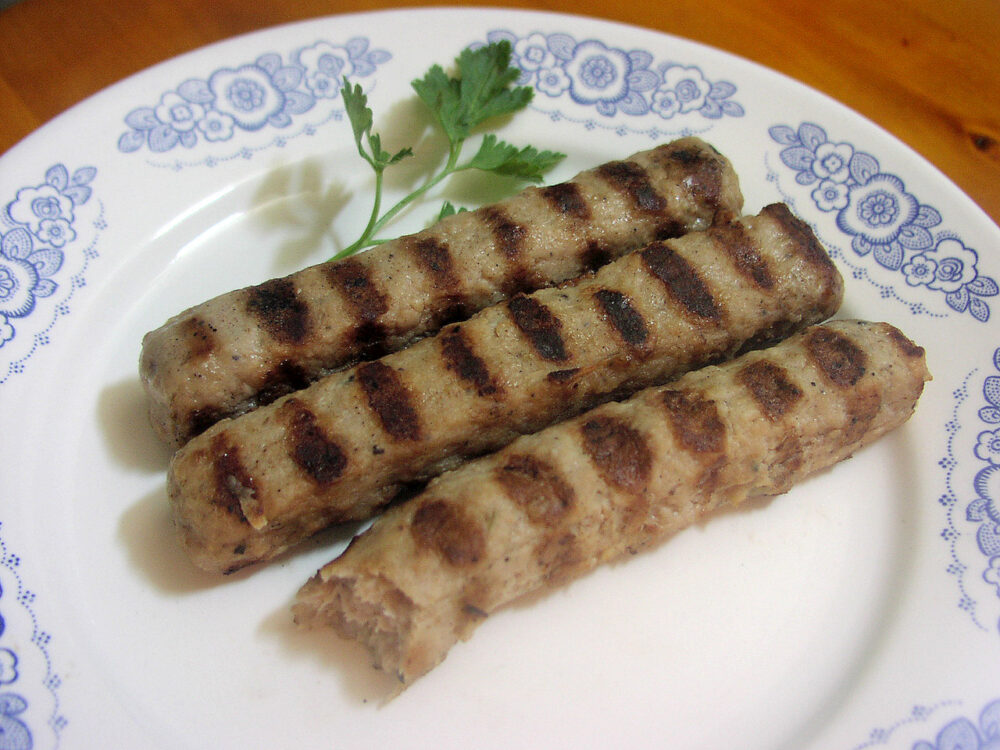
Kebapche – grilled logs of minced meat (usually pork or beef) seasoned with pepper and cumin and served with fries; related to the ćevapi we recently made from Bosnia and Herzegovina
BULGARIAN FOOD IN NEW YORK
Many many years ago (we’re talking more than 15), my friend and I were on the search to find a restaurant of bar representing every country in the world. We didn’t come close, but I remember attempting to visit a place on the Lower East Side that I believe went by the name Bulgarian Bar. It sounded modern and lively.
Upon some recent research they were later re-vamped to be Mehanata Bar, which featured live European DJ’s, cocktails, and Bulgarian food. Can you imagine getting a shopska salad while bumping to a DJ? Unfortunately, it recently closed, but that was a place to rub elbows with actual Bulgarians.
For a more low-key meal, you could head up to Kashkaval Garden (named after the cheese), which is a wonderful little cheese and tapas restaurant in Hell’s Kitchen that I used to frequent in the old days when I hung out in that neighborhood. They are not distinctly Bulgarian, but feature a similar cuisine.
Otherwise out in Queens (especially Astoria and Sunnyside), there are a range of Balkan and Greek restaurants and markets (like Titan Food) where you can definitely find dishes and ingredients that are popular in Bulgaria.
THE VIDEO
There was a lot of tasting in this video and Sam approved of it all. We try three dairy products – all Bulgarian. One of the cheeses is made from sheep’s milk so we contemplated what other animals produce milk. Sam has some unusual ideas.
There’s a whole lot of mixing and that is Sam’s favorite thing to do. Aside from eating cheese, of course.
THE DISHES
There were many dishes to choose from to represent Bulgaria, but when I read that the National Dish is a salad, I thought it might be nice to cool things down and change it up a bit.
Throughout this journey, we have cooked many hearty stews and meat heavy dishes to represent cuisines from all over the world. Here was an opportunity to be true to the nation’s food and yet make a light salad.
To give ourselves a bit more for dinner, we added an iconic cold soup and a light scrambled egg dish that is served often for lunch.
So Bulgaria did not end up being the meat gutbomb I might have guessed.
We start with Shopska Salad, which is a very famous dish both in Bulgaria and other parts of Europe. It is a simple salad that really shines thanks to the freshness of its ingredients: tomatoes, cucumbers, peppers, parsley, and a white brined Bulgarian cheese called Sirene.
The origins of this salad are up for debate, but most likely it was created as a tourist draw by the state tourism advisory in the 1950’s. It became so popular that it is now a staple on most Bulgarian dinner tables. And in true patriotic fashion, the main colors of the salad (red, green, and white) are the same as the Bulgarian flag.
Tarator, on the other hand, is an old traditional Bulgarian dish dating back generations. Many other cultures have a cold yogurt soup or dip (ie, Greek tzatziki), but no doubt that tarator is originally Bulgarian.
The soup is a showcase for Bulgaria’s prized yogurt. The yogurt is different than other styles due to the addition of a bacteria called Lactobacillus Bulgaricus (seriously!!) It is usually made from sheep’s milk and has a distinct tangy flavor and is creamy yet smooth.
Variations abound for what goes into the tarator, but it’s generally agreed upon yogurt, cucumbers, dill, and garlic. Walnuts are also traditional, but sometimes they are replaced by bread. You might also see versions with carrots, peppers, or vinegar. We tried to stick with the basic old-school tarator.
It’s also, of course, eaten during the hot summer months and ice cubes might also be added to ensure to soup is cold enough. And it’s paired as a side dish to a full meal.
 You can probably guess by the name Mash Mash that this dish is an assortment of different ingredients. Eggs and cheese hold them together. So think of this as a fancy omelette or scrambled egg.
You can probably guess by the name Mash Mash that this dish is an assortment of different ingredients. Eggs and cheese hold them together. So think of this as a fancy omelette or scrambled egg.
Again, the Sirene cheese (see below) is almost always used, along with onions, tomatoes, and peppers. Garnish it with some fresh parsley and it’s a light, healthy, and colorful option. To ensure it’s filing enough, it is often served with fresh bread.
SPECIAL INGREDIENTS
Bulgaria, as mentioned, is absolutely known for its dairy products. They have some distinct cheese and yogurt. While you can certainly substitute Greek-style yogurt or cheese, the ingredients from Bulgaria are the best for these recipes.
Sirene Cheese
So technically Sirene can not be called a feta cheese. By PDO (Protected Designation of Origin) rules, feta must be made in Greece. But Sirene, which is made in Bulgaria, is as close as it gets.
It’s a brined white cheese that is made from cow, goat, or sheep milk. Or a combination of all three. It has a very fresh, slightly tart and salty flavor. It’s mild and soft and unlike traditional Greek feta, it’s crumbly.
Sirene is in many ways the star of the famous Shopska Salad. It brings the fresh produce to life and balances the salad. In fact, it’s so good on the salad that it only needs a very light dressing.
THE RECIPES
Inspired by:
Mish Mash from Bulgaria

This is an easily customizable egg dish scrambled gently with vegetables and cheese. It can be eaten any time of day and is simple, tasty, and hearty.
- 1 tbspn sunflower oil
- 1 onion (diced)
- 1 red bell pepper (diced)
- 3 tomatoes (cubed)
- 6 eggs (beaten)
- 1/2 cup Bulgarian feta cheese
- 2 tbsp parsley (chopped)
- salt (to taste)
- pepper (to taste)
-
Mix beaten eggs with crumbled cheese in a bowl. Set aside.
-
Heat sunflower oil in large skillet to medium. When hot add onion and sautee until soft, about 3-5 minutes.
-
Add tomatoes and peppers. Gently stir. Cover and cook for 7-10 minutes.
-
Remove cover and stir until just solid. Add parsley and cook for another minutes.
-
Season with salt and pepper.
Shopska Salad
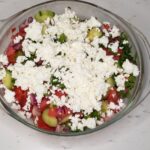
The National Dish of Bulgaria is a bright refreshing salad with ingredients that represent the colors of the country's flag.
- 2 red bell peppers (halved)
- 4 tomatoes (chopped)
- 1 cucumber (halved lengthwise and then cut into half moons)
- 1 red onion (diced)
- 2 tbspn sunflower oil
- 1 tbspn red wine vinegar
- 1/2 cup Bulgarian feta (sirene)
- 2 tbsp parsley (chopped)
- salt and pepper (to taste)
Roast Peppers
-
Preheat broiler.
-
Place halved red peppers cut side down onto a baking sheet lined with parchment paper.
-
Broil red peppers until blistered. Cool, then peel, and chop.
Mix Veggies
-
Add chopped tomatoes, sliced cucumbers, and diced red onion to large salad bowl.
-
Once red peppers are peeled and chopped, add them to the bowl.
Finish Salad
-
Drizzle with sunflower oil and red wine vinegar. Season with salt and pepper. Stir to coat. Let chill.
-
Before serving, sprinkle parsley on top and grate feta cheese over salad.
Tarator from Bulgaria

This is a very refreshing cold soup that is mostly comprised of the famous Bulgarian yogurt, but also features morsels of cucumbers, dill, and walnuts.
- 2 cups Bulgarian yogurt
- 1 cucumber (peeled and cubed)
- 3 cloves garlic (minced)
- 1 1/2 tbspn dill (chopped)
- 1/2 cup walnuts (chopped)
- 2-3 tbspn sunflower oil
- 1/2 cup water
- salt and pepper
-
Beat yogurt until smooth.
-
Peel and chop cucumbers and add into large bowl. Add some salt to help soak up moisture and set aside.
-
Mix garlic with a little bit of sunflower oil and salt. Mix vigorously to form a paste. Then add dill and walnuts and mix.
-
Pour yogurt on top of the cucumbers and mix well. Add in garlic mixture.
-
Then add 1/2 cup or so of water to thin it out and mix well.
-
Drizzle with sunflower oil and add black pepper to taste.
-
Put in the refrigerator and serve cold.
HOW WE SCREWED IT UP
I must say this was a most successful meal. If we screwed anything up, it’s small little details. But I’m happy to pick myself apart.
The salad relies on fresh ingredients and we had those, so really no complaints there. It was crisp, light, and refreshing.
If there was anything wrong with the Tarator, it’s that’s we might have gone a bit heavy on the garlic. Our immunity was up, but our breath was not so good. And actually I think Sam might have found it a bit much because of the heat from the garlic. Doesn’t matter, he didn’t try it anyway.
And finally, for the Mish Mash, what kind of amateur chef would I be if I couldn’t scramble some eggs? This was slightly more complicated, but it came out very well. It might have been a bit wet, although I’m sure some of that was from the brined cheese. Regardless, I didn’t overcook the eggs,.
And all together, we had a very nice light vegetarian dinner. That might have been a first for this series.
SAM’S REACTION
Sam absolutely loved the cheese and yogurt he tasted. Maybe he filled up with those so he was not willing to try the actual composed meal. Or he’s just a picky four year old.
He was open to the scrambled eggs, but demanded that I make him a plate without all the “stuff” inside it. So no tomatoes, onions, or vegetables for him.
Even though he threw a fit at the dinner table, he definitely embraced the most important ingredients of this Bulgarian meal (cheese, yogurt, and eggs) so for that, I’d call it a win.
NEXT TIME
For our final two weeks of the “B” countries we are heading to Africa to get a taste of both the east and west sides of the continent. Starting with West Africa and the country of Burkina Faso….

